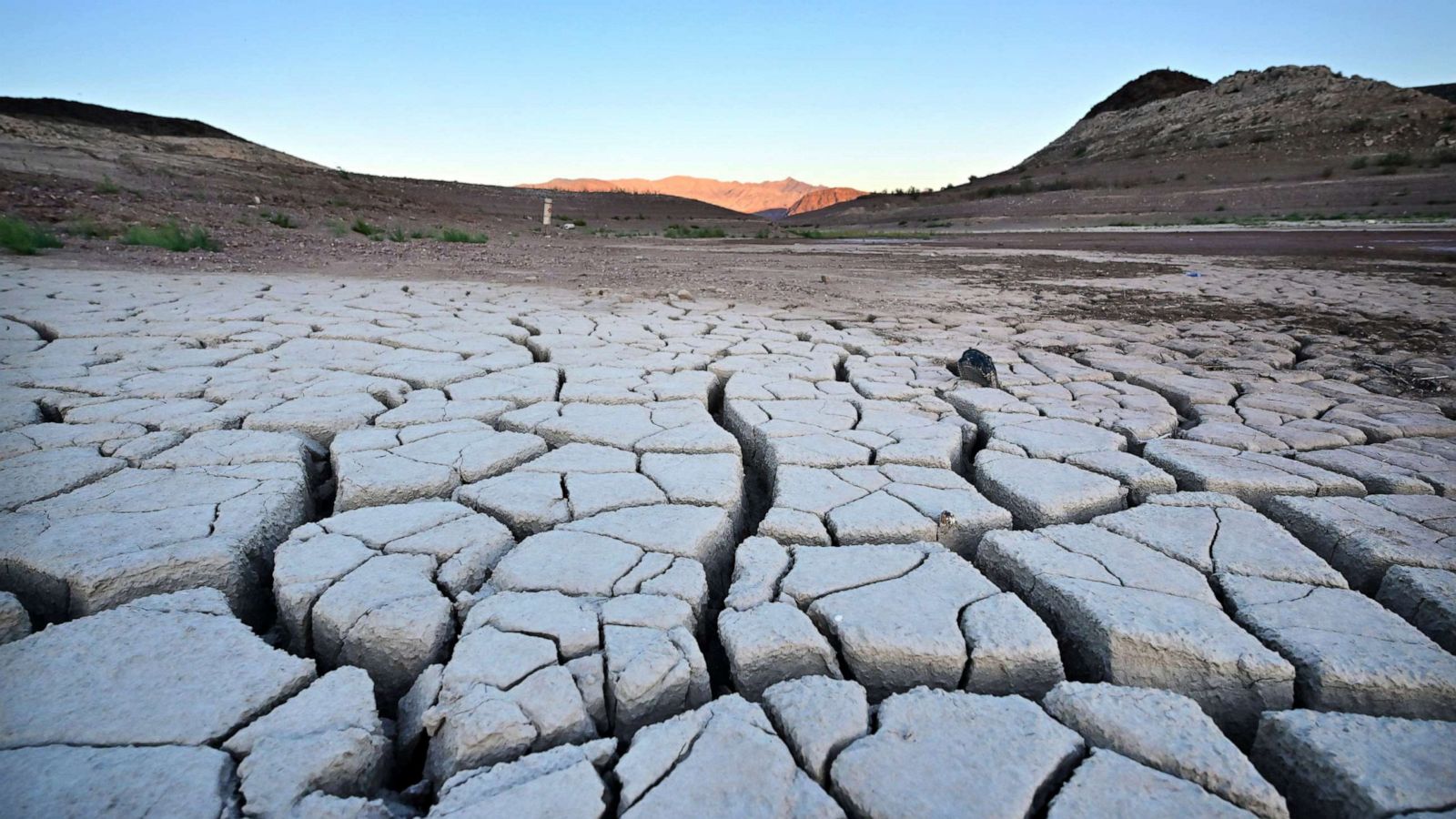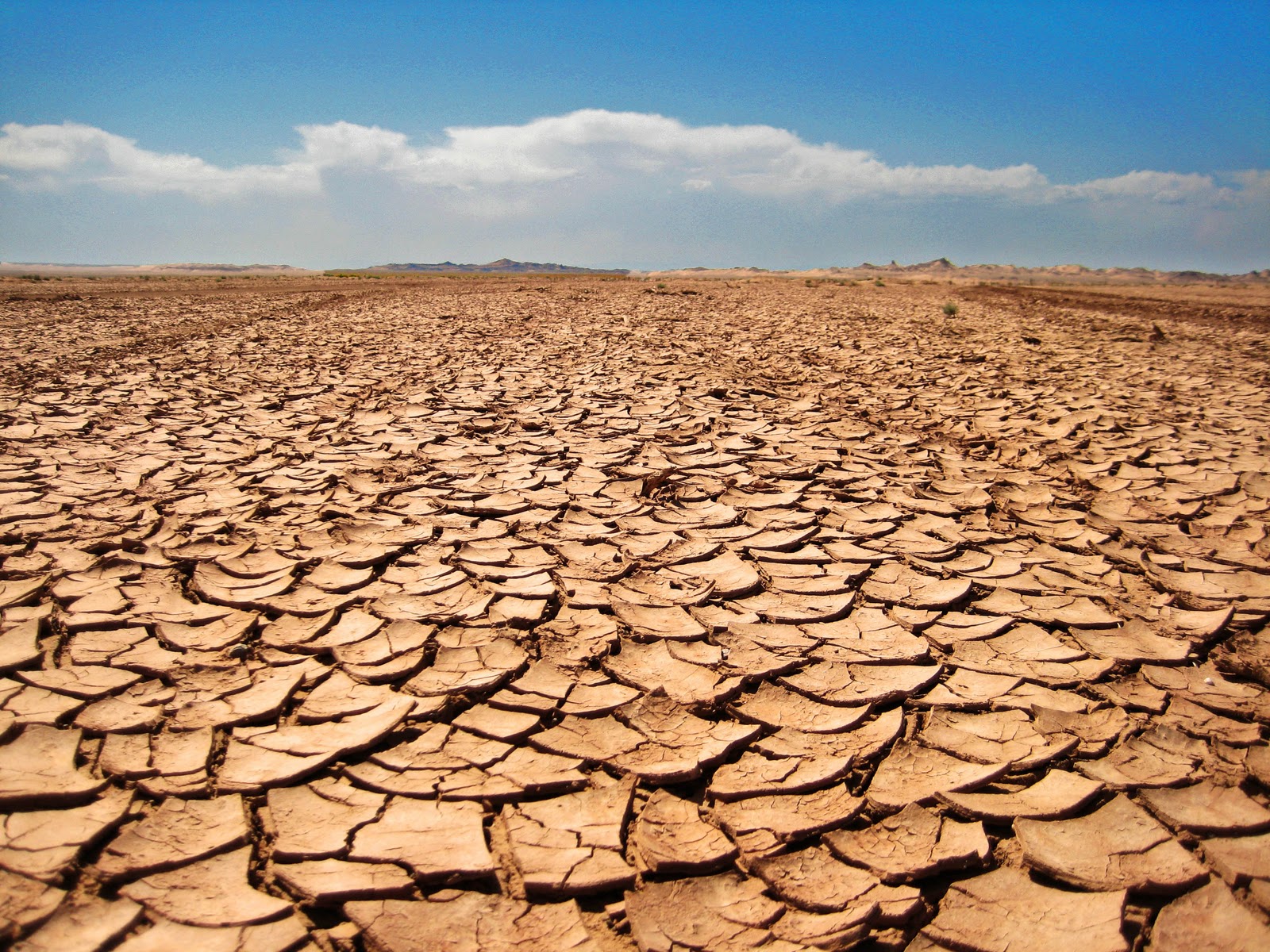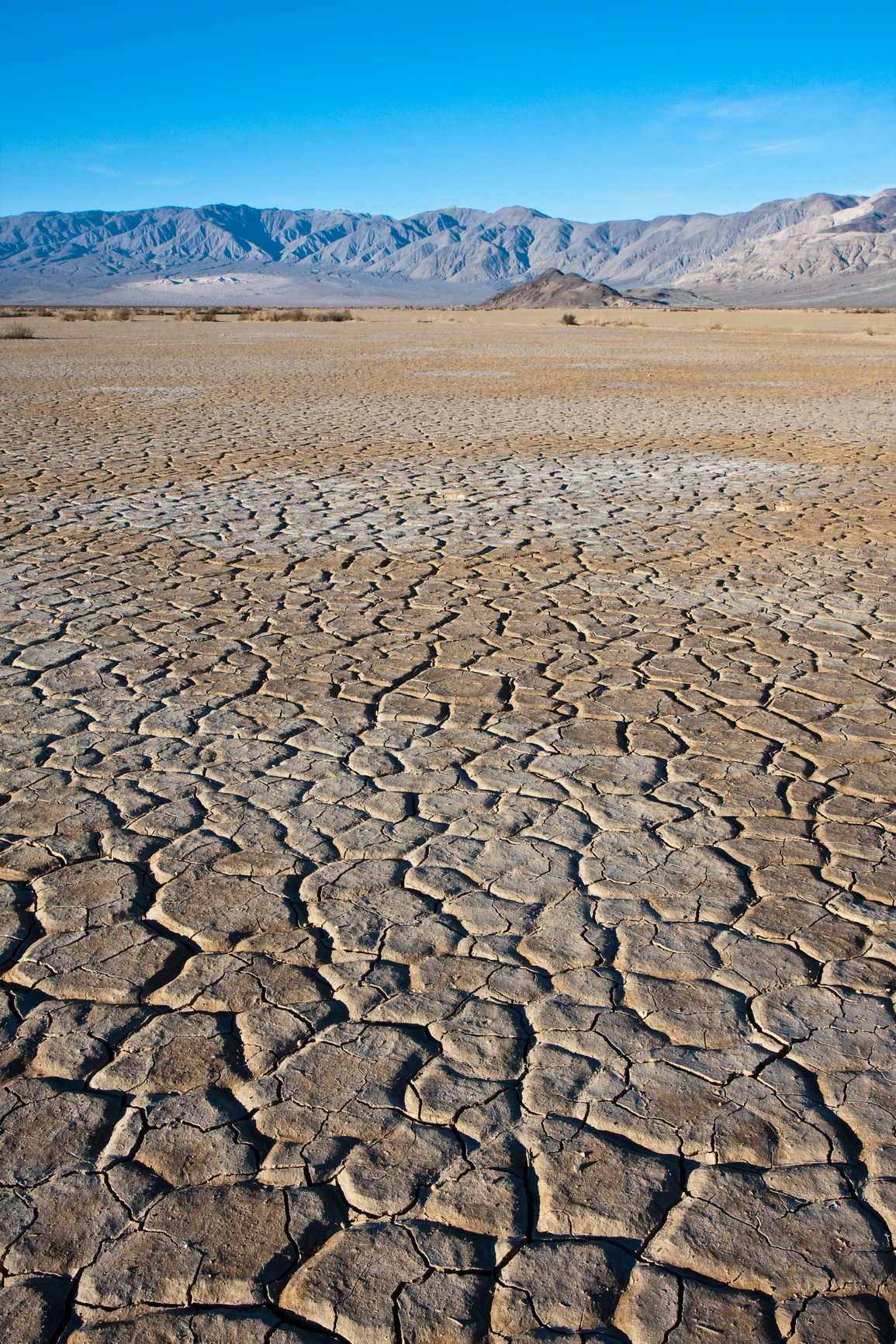Exploring The Dry Canal: What Happens When Waterways Disappear?
Have you ever considered what happens when a mighty river or a bustling canal, once full of life and movement, simply runs out of water? It's a striking image, a bit unsettling, really, to picture something that was so very wet becoming, well, dry. We often think of canals as permanent features, pathways for boats and a source of water for the land around them, but the truth is, they can indeed go dry. This change means they are free or relatively free from liquid, especially water, having no water or other liquid in, on, or around them, just like clothes that are completely dry after being washed, or paint that should be dry in a few hours after you apply it, so it's quite a transformation.
A canal that is dry, you see, has lost its moisture, becoming free from it, and this absence of water has many implications. It’s a state where things lack moisture, much like a desert or even, perhaps, a piece of chicken that was cooked too long and became tasteless because it was so dry. This condition, where water is scarce, can happen for a variety of reasons, and the results touch many parts of life, from the natural world to human activities. It’s a topic that, in some respects, is becoming more and more talked about, as our climate shifts and water resources change.
So, what exactly does it mean for a canal to be dry, and why does this happen? We will look at what causes these important waterways to lose their water, the effects this has on the environment and the people who live nearby, and, you know, what might be done about it. It’s a story about water, or rather, the lack of it, and how this absence shapes our world, very much like how dry conditions shape the plants that do well in them. It's a significant shift from a flowing waterway to an empty channel, and it really changes things.
Table of Contents
- What is a Dry Canal?
- Why Do Canals Go Dry?
- The Impact of Dry Canals
- Looking Ahead: Addressing Dry Canals
- Frequently Asked Questions About Dry Canals
- What Can We Do?
What is a Dry Canal?
A dry canal is, in simple terms, a canal that has become free from water. It is a waterway that no longer contains the liquid it was built to carry. Think of it as a channel that is completely free from moisture, much like clothes that are dry after being in the sun, or perhaps a piece of wood that has had all the moisture removed from it. This condition is the opposite of what a canal is meant to be, which is a flowing path for water, whether for transport, irrigation, or other uses. It’s a striking visual, too, seeing an empty channel where boats once moved or where water once provided life to nearby fields.
The Meaning of Dryness in Waterways
The word "dry" means free or relatively free from a liquid, and especially water, so a dry canal perfectly fits this description. It means the canal has no water or other liquid in, on, or around it. This is different from just having low water levels; a truly dry canal is empty, lacking moisture entirely. It's a condition where the earth of the canal bed might be exposed, perhaps even cracked, like dry, cracked lips that look a bit rough. The paint should be dry in a few hours, and when it is, it's completely free of wetness, and a dry canal is very much like that, just on a much larger scale. This state indicates a significant change in the water balance of a region, often pointing to deeper environmental or human-caused issues, and it's a condition that, you know, can be quite concerning.
Why Do Canals Go Dry?
Canals, which are essentially artificial rivers, depend on a steady supply of water. When this supply lessens or stops, they can become dry. There are several reasons why this might happen, and they often involve a mix of natural events and human actions. It's not usually just one thing, but rather a combination of factors that, in some respects, lead to this lack of water. Sometimes, it’s about how much rain falls, and other times, it’s about how people use the water that is available, so it's quite a complex situation.
Climate Patterns and Their Influence
One of the main reasons canals go dry is due to changes in climate patterns. Extended periods of little rain, known as droughts, mean that the sources feeding the canal, like rivers or reservoirs, simply don't get enough water. When a region experiences great or intense dryness, becoming arid, the land itself struggles to hold moisture, and this impacts all water bodies, including canals. Think about plants that do well in dry conditions; they are adapted to a lack of water. Canals, however, are not. The wind dries the earth, and in dry conditions, water evaporates faster, too, so this makes the problem worse. This is particularly true in areas that are naturally dry or are becoming drier because of broader climate shifts that, you know, are happening all around us. It’s a bit like when your eyes are dry because you've stopped crying; there's just no moisture there anymore.
Human Activities and Water Use
How people use water also plays a very big role in whether a canal remains full or becomes dry. If too much water is taken from a canal's source for farming, for cities, or for industries, there might not be enough left to keep the canal flowing. For example, if a lot of water is diverted for irrigation, especially in dry areas where dry farming is a viable strategy to produce crops even when water is scarce, this can reduce the water available for the canal itself. Sometimes, the infrastructure that manages the water, like dams or locks, might not be working as well as it should, or, you know, it might be designed in a way that doesn't account for lower water availability. The need to free from water, or from moisture of any kind, and by any means, can lead to canals being drained for maintenance or other purposes, which, in a way, temporarily makes them dry. It's about balancing the needs of people with the needs of the waterway, and that can be a tough balance to strike.
Infrastructure Challenges
Beyond climate and direct water use, the physical state of the canal itself can contribute to its dryness. Older canals, for instance, might have leaks in their beds or banks, allowing water to seep out into the surrounding ground. This loss, over time, can significantly reduce the water level, even if the source is providing enough. Also, the systems that manage water flow, such as gates, pumps, or diversion channels, might become old or damaged, making it hard to control water effectively. If water isn't directed properly, or if it's allowed to escape, the canal can become dry. Maintaining these structures is important, but, you know, it can be costly and sometimes neglected. It's a bit like trying to fill a bucket with a hole in it; no matter how much water you pour in, it just keeps escaping, so the bucket never really gets full. This can lead to a canal lacking moisture, even when it shouldn't.
The Impact of Dry Canals
When a canal becomes dry, the effects spread far beyond just the empty channel itself. The absence of water changes the environment around it and affects the lives of the people who depend on that water. It's a situation that, you know, can have wide-reaching consequences, touching everything from local wildlife to the livelihoods of communities. The transformation from a wet, flowing body to a dry, exposed bed is quite a significant shift, and it truly alters the landscape and the way things work.
Environmental Consequences
The drying of a canal has immediate and lasting effects on the local ecosystem. Fish and other aquatic creatures lose their homes and often perish. The plants that grew along the canal banks, which relied on the constant moisture, might wither and die. This loss of plant life can lead to soil erosion, as the dry earth is easily carried away by wind or occasional rain. The habitat for birds, insects, and other animals that used the canal for water or food also disappears, so it's a pretty big deal for them. It creates a very different environment, one that is free from moisture, and this can change the entire local natural balance. It’s a bit like removing the moisture from something to preserve it, but here, it’s not for preservation, it’s a loss. Learn more about water management on our site, as proper management is key to preventing such environmental shifts.
Economic and Social Effects
Beyond the environment, dry canals have significant economic and social impacts. For communities that rely on the canal for transport, trade stops, affecting businesses and livelihoods. Farmers who use canal water for irrigation face crop failures, which can lead to food shortages and economic hardship. The loss of a water source can also impact drinking water supplies for nearby towns and villages, creating a public health concern. Moreover, a canal can be a source of recreation and beauty, and when it dries up, it can affect the quality of life and the morale of the community. It's a very clear example of how things that are dry lack moisture, and how that lack can cause so many problems for people and their way of life. This situation can be quite boring, too, if you think about it, like a dry book or talk, as the vibrant activity around the canal just disappears.
Looking Ahead: Addressing Dry Canals
Facing the reality of dry canals means we need to think about solutions and ways to adapt. It's about finding strategies to manage water better and to prepare for periods when water is scarce. This isn't just a local issue; it's something that, you know, many places around the world are dealing with, and it calls for careful thought and action. The goal is to keep these vital waterways from becoming completely free from water, ensuring they can continue to serve their purposes for as long as possible.
Conservation and Efficient Water Use
One of the most important steps is to use water more wisely. This means encouraging conservation at every level, from individual households to large industries. Farmers, for instance, can adopt more efficient irrigation methods, like drip irrigation, which delivers water directly to plant roots, reducing waste. This is somewhat similar to dry farming, which helps farmers adapt to their local climate, allowing them to produce even though water is scarce. Cities can repair leaky pipes and encourage residents to save water. Industries can recycle water used in their processes. It's about making sure that every drop counts, and that we don't just let water disappear unnecessarily, so it's a collective effort, really. This helps to ensure that water is not just removed from the system without thought, but rather managed carefully.
Restoration and Adaptation Strategies
For canals that have already gone dry, or are at risk, there are efforts to restore them and adapt to changing conditions. This might involve dredging the canal bed to improve water flow when water is available, or repairing structural damage to prevent leaks. In some cases, new technologies might be used to monitor water levels and predict dry periods, allowing for proactive management. Sometimes, the conversation turns to finding alternative water sources or even rethinking the purpose of certain canals if they can no longer be reliably filled. It’s about finding ways to free from water, or from moisture of any kind, and by any means, but in reverse – finding ways to bring water back, or keep it there. This might involve learning from techniques like dry needling, where precise points are targeted, but here, it's about targeting water flow and preservation. You can read on to learn more about water conservation methods, which are quite relevant here. It's about long-term planning, you know, to ensure these waterways have a future, even in drier conditions. It's also about preserving something that is quite important, much like preserving meat or other foods by extracting their moisture, but here, we want to prevent that extraction.
Frequently Asked Questions About Dry Canals
People often have many questions about dry canals, especially as their occurrence seems to be more common today, on this 17th day of July, 2024. Here are some common queries that, you know, come up when we talk about waterways losing their water.
What are the main reasons a canal might become dry?
Basically, canals become dry mainly due to a lack of water supply. This can be because of long periods of very little rain, which we call droughts, or because too much water is taken from the canal's source for things like farming, city use, or factories. Sometimes, the canal's own structure, like leaks or old control systems, can also cause water to be lost, so it's a mix of natural and human-caused factors.
How does a dry canal affect the environment around it?
A dry canal has a pretty big effect on the environment. When the water goes, fish and other water creatures lose their homes and often die. The plants that grow along the banks, which need moisture, might dry out and disappear, too. This can lead to the soil getting washed away easily, and it means that animals that relied on the canal for water or food have to find new places, or they might struggle to survive. It truly changes the natural balance, making the area very much free from moisture.
Can a dry canal ever be used for water transport again?
Yes, in many cases, a dry canal can be brought back into use for water transport. It often depends on why it went dry in the first place. If the water source returns, or if better water management is put in place, the canal can be refilled. Sometimes, work needs to be done on the canal itself, like fixing leaks or clearing out built-up sediment, to make it ready for water again. It requires effort and resources, but it's certainly possible to free from water, or from moisture of any kind, and by any means, and then bring the water back, you know, to make it wet again.
What Can We Do?
The issue of dry canals is a clear reminder of how important water is to our lives and to the health of our planet. Understanding why these waterways become dry, and what the consequences are, is the first step. By supporting efforts in water conservation, promoting efficient water use, and investing in the maintenance and smart management of our water infrastructure, we can help protect these vital channels. It’s about making sure that our canals, and the communities that depend on them, remain vibrant and full of life, rather than becoming just another dry, empty space. It's a responsibility we all share, to keep our world from becoming too dry, and to ensure that water, which is so essential, is available for all.

Colorado River Drying Up

Fairies on Dry Land in Wales - Fairyist

Dry Lake Bed Landforms